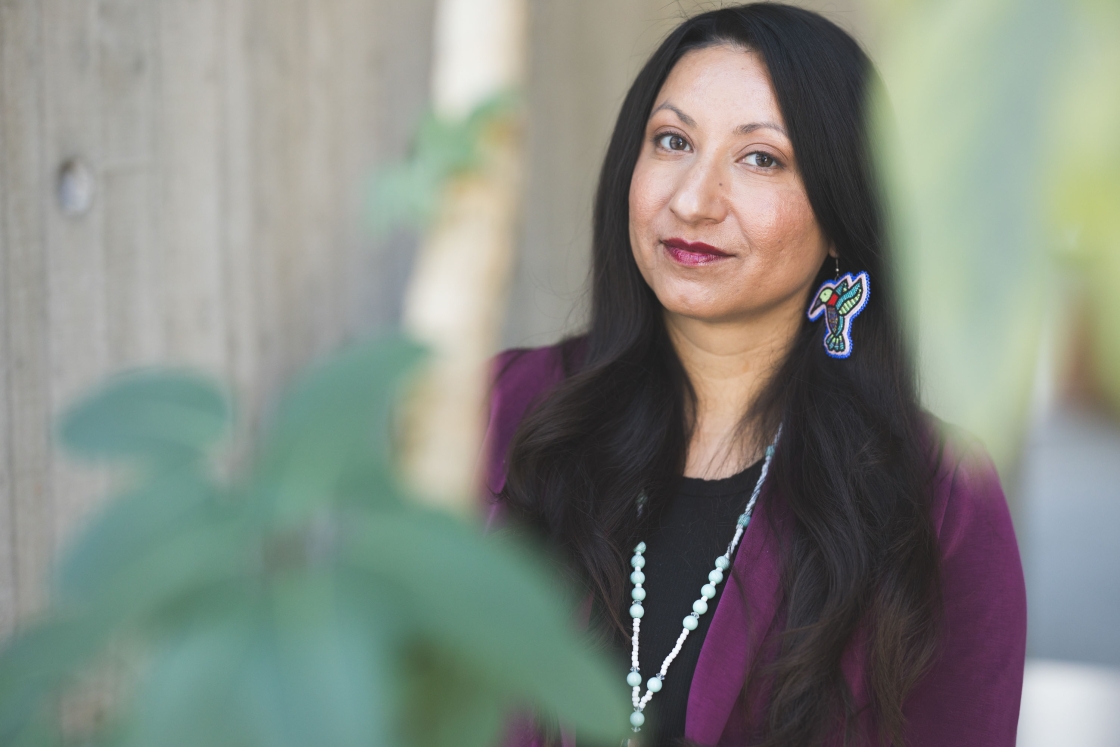Oct. 16, 2015 — A new Dartmouth study confirms the authenticity of the famous backyard photo of Lee Harvey Oswald holding the same type of rifle used to assassinate President John F. Kennedy.
The findings refute continued claims that the photo was faked because Oswald’s pose is physically implausible. The study, which uses a new digital image forensics technique and a 3-D model of Oswald developed by the Dartmouth researchers, appears in the Journal of Digital Forensics, Security and Law. A PDF and photos are available on request.
“Our detailed analysis of Oswald’s pose, the lighting and shadows and the rifle in his hands refutes the argument of photo tampering,” says senior author Hany Farid, a professor of computer science and a pioneering researcher in digital forensics whose team develops mathematical and computational techniques to detect tampering in photos, videos, audios and documents.
Oswald was killed before his trial, so he never gave a full accounting of the assassination, which fueled theories that he was part of a conspiracy. The theories point to purported inconsistencies in the events of Nov. 22, 1963, and in the evidence collected against Oswald. One such example is a photograph of Oswald in his backyard holstering a pistol and holding a rifle in one hand and Marxist newspapers in the other. The photo was particularly damning because it showed Oswald holding the same type of rifle that was used to assassinate Kennedy.
At the time of his arrest, Oswald claimed the photo was fake. In addition, it has long been argued that the lighting and shadows in the photo are inconsistent; that Oswald’s facial features are inconsistent with other photos of him; that the size of the rifle is inconsistent with the known length of that type of rifle; and that Oswald’s pose is physically implausible (it appears as if he is standing off balance).
The Warren Commission and the House Select Committee on Assassinations concluded claims of photo tampering were unwarranted. Also, Farid’s studies in 2009 and 2010 refuted the claim that the lighting and shadows are inconsistent, but these studies did not address claims that Oswald’s pose is physically implausible. In the new study, Farid and his team conducted a 3-D stability analysis to determine if this claim is warranted.
Farid teamed with Assistant Professor Emily Whiting, who specializes in architectural geometry, computer-aided design and 3-D fabrication. With the help of graduate student Srivamshi Pittala, they built a physiologically plausible 3-D model of Oswald and posed this model to match his appearance in the backyard photo. By adding the appropriate mass to each part of the 3-D model, they were able to perform a balance analysis on the 3-D model. This analysis revealed that although Oswald appears off-balance, his pose is stable. The analysis also revealed that the lighting and shadows are physically plausible and the length of the rifle is consistent with the length of the rifle used to kill the president.
“Our analysis refutes purported evidence of manipulation in the Oswald photo, but more generally we believe that the type of detailed 3-D modeling performed here can be a powerful forensic tool in reasoning about the physical plausibility of an image,” Farid says. “With a simple adjustment to the height and weight, the 3-D human model that we created can be used to forensically analyze the pose, stability and shadows in any image of people.”
Professor Hany Farid is available to comment at farid@cs.dartmouth.edu.
###
Broadcast studios: Dartmouth has TV and radio studios available for interviews. For more information, visit: http://communications.dartmouth.edu/media/broadcast-studios

